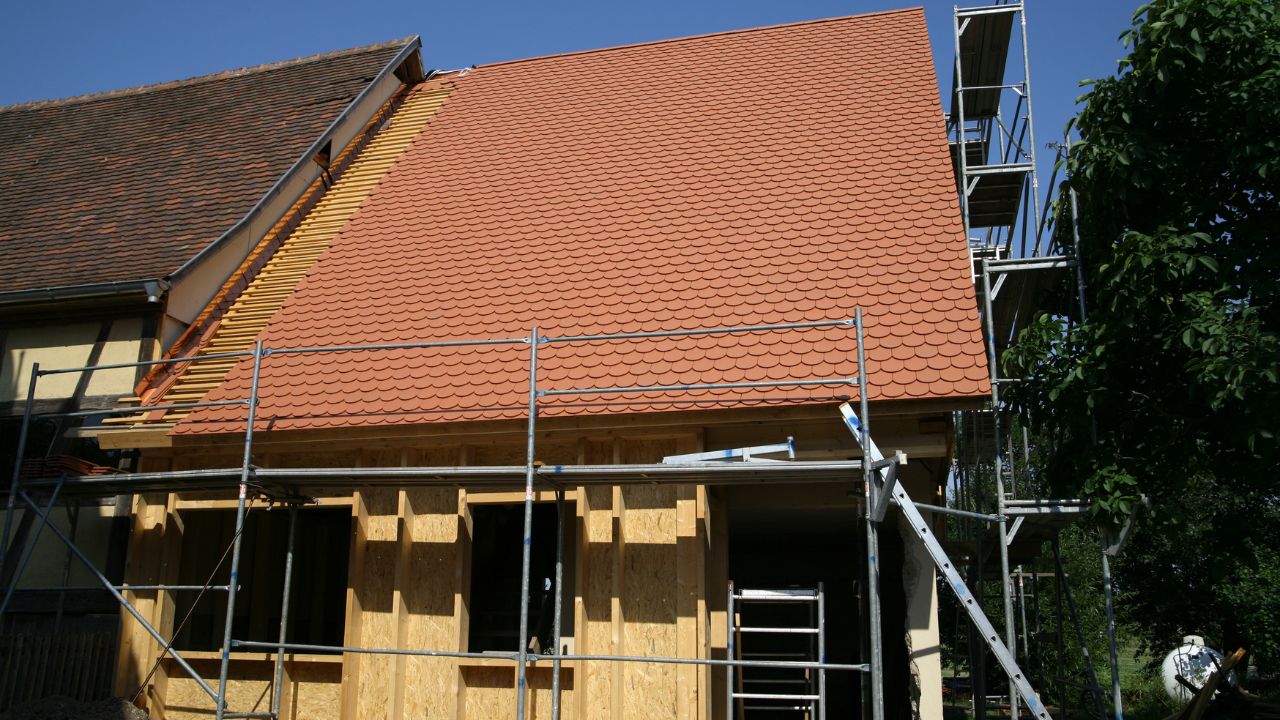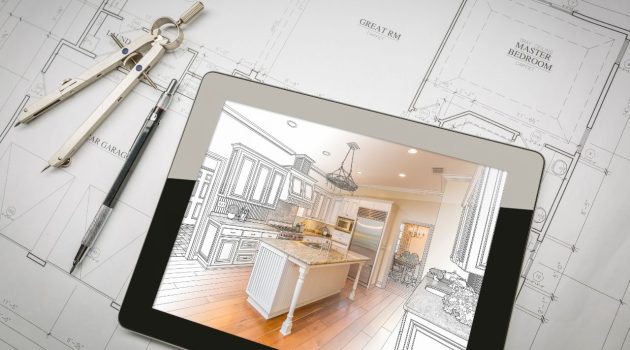Are you looking to improve your living space with an exciting home addition project?
Whether you’d like to add additional bedrooms, bathrooms, or a larger kitchen and dining area, deciding to build a home addition should be taken seriously.
From selecting building materials, reviewing local regulations, deciding on a budget, and hiring contractors for the job, countless factors need consideration.
Luckily we have compiled this comprehensive guide to provide an overview of the steps required to plan your new structure while avoiding pitfalls along your journey.
Keep reading for useful tips and information regarding all stages of building a safe and sound home addition.
1. Establish a budget
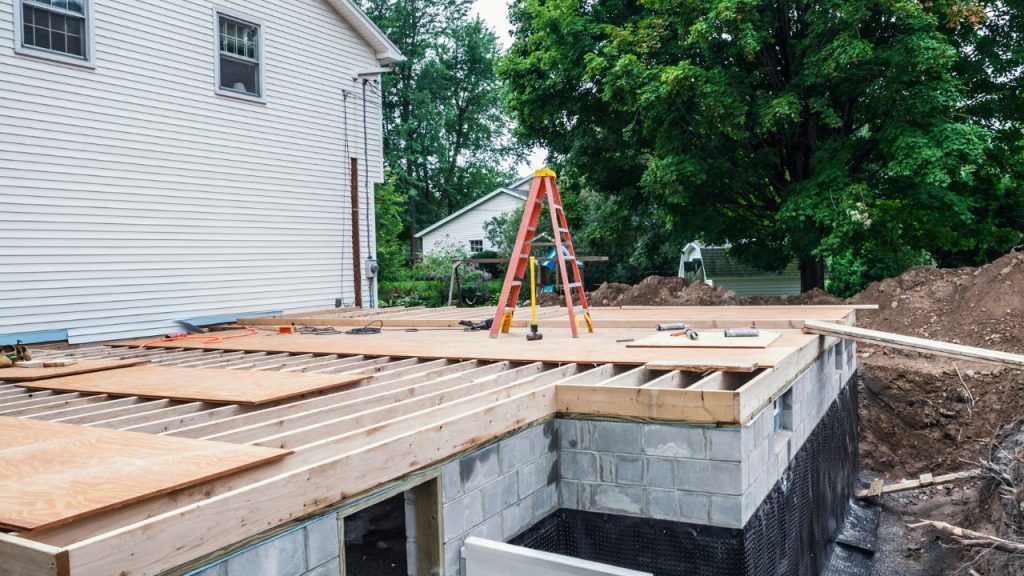
Planning to undertake a construction project can be an exciting experience; however, it is important to establish a budget that suits your needs.
Understanding the complexities that arise from a construction site could help you factor in the costs of this type of work and any unexpected expenses that may arise.
This could involve everything from the various materials you would use to the project’s overall structure.
Planning accordingly could save you money and prevent you from overspending while also ensuring that you have everything you need to get the job done correctly and efficiently.
Remember, a comprehensive budget takes time and effort, but it should help you feel confident and prepared for the task ahead.
Also, feel free to shop around for the best deals – especially when hiring a contractor.
2. Research local zoning regulations and building codes
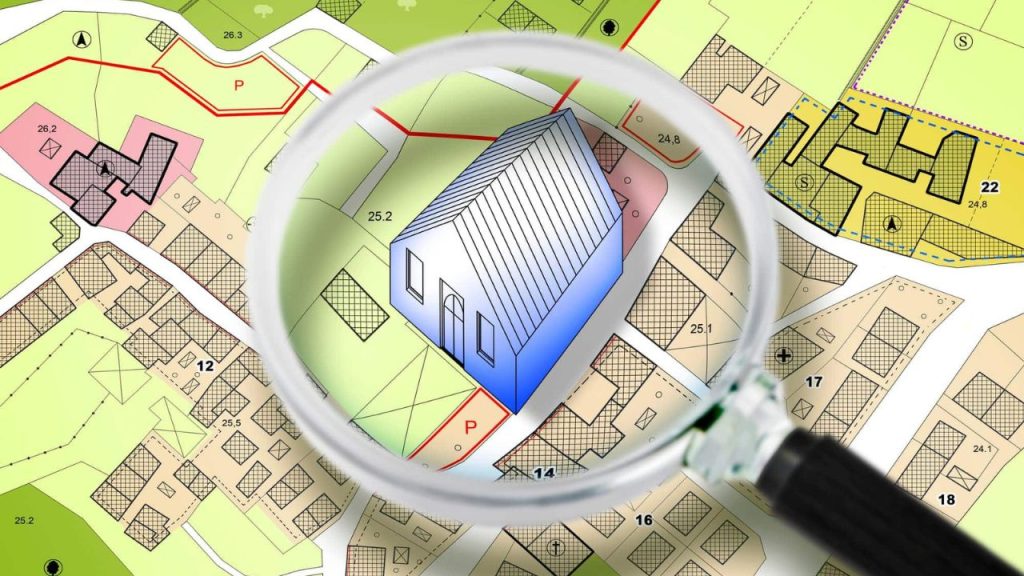
Before starting any construction or renovation project, it is important to do your homework and research the local zoning regulations and building codes to ensure you are complying with the law.
These regulations vary from location to location, and failing to comply with them can result in serious consequences such as fines, legal actions, and even the demolition of your project.
These regulations are in place to ensure the safety of the building and the people inside it.
By researching and complying with them, you can ensure that your project goes smoothly and safely and avoid any unnecessary headaches in the future.
Take the time to carefully review and understand the regulations before you begin your project, and hire professionals who are knowledgeable in the requirements to help you navigate the process.
There are various home additions you can consider.
From a black barndominium design to a modern single-story addition, selecting one that fits your budget and lifestyle is important.
Take time to think about the space layout and how you would like to use it – this will help you determine which type of home addition best suits your needs.
3. Pick a contractor who specializes in home additions
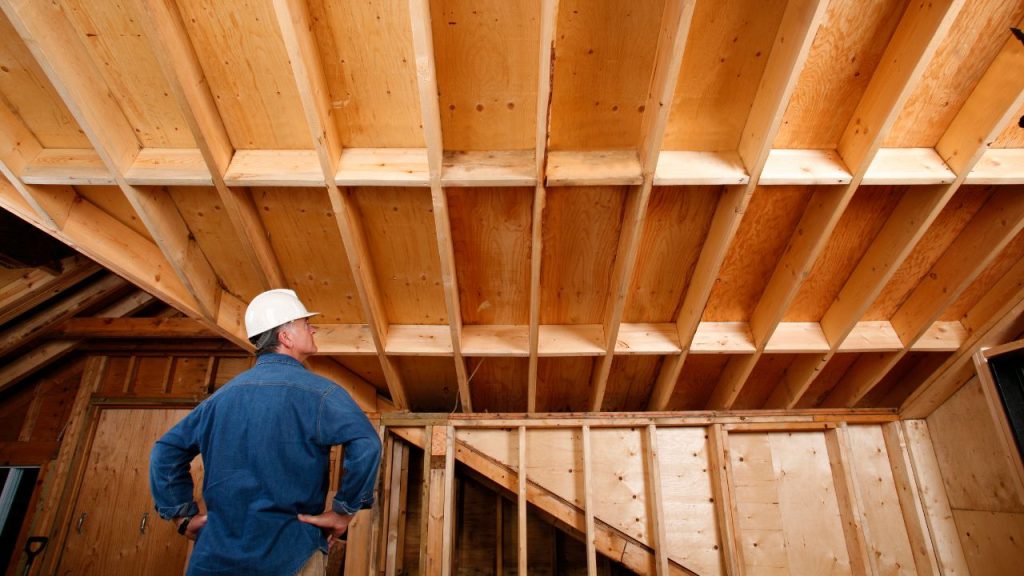
Expanding your living space with a home addition is exciting, but finding the right contractor to carry out the project can be daunting.
To ensure the success of your addition, it’s crucial to pick a contractor who specializes in this kind of job.
A specialist contractor will have hands-on experience and in-depth knowledge of building codes, zoning regulations, and structural requirements unique to home additions.
They’ll also possess the creativity and vision to craft a new space that complements your existing home seamlessly.
With the right contractor by your side, you can enjoy knowing your additional project is in capable hands.
READ MORE: How to Efficiently Plan and Execute Home Improvement Projects
4. Choose the right size for your addition
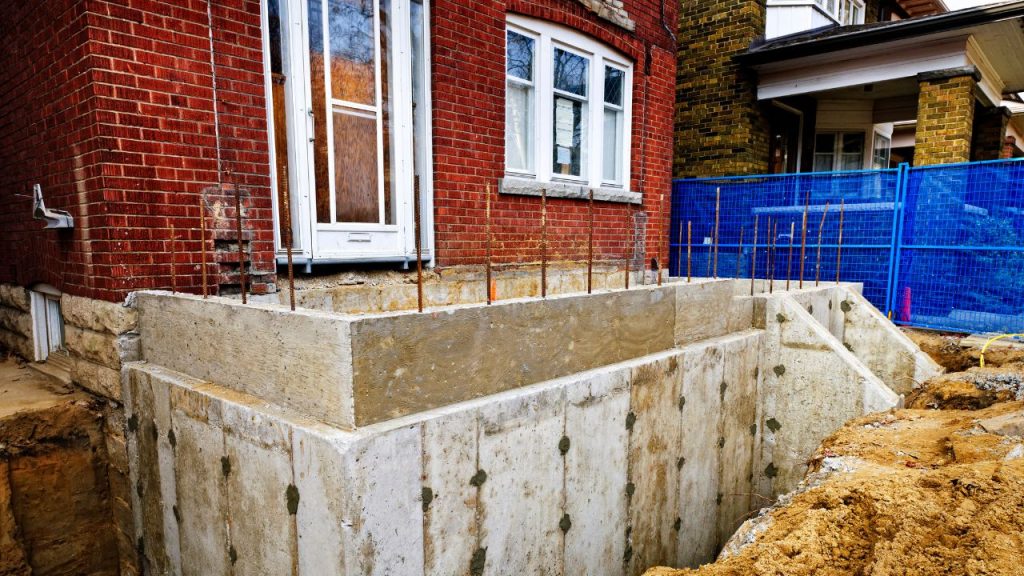
When planning an addition to your home, choosing the right size that will seamlessly fit in with your existing structures is crucial.
You want to create an expansion that complements your home’s aesthetic rather than clash with it.
Your new addition should blend effortlessly into your current architecture, both in size and style, to achieve a flawless design.
Consider the space you have available and the potential setbacks for your property before deciding on size.
With careful planning, you can create an addition that perfectly matches your home’s look while providing the extra space you need.
Now that you’ve understood the advantages, guidelines, and requirements associated with building an addition to an existing home, you can make a more informed decision on whether or not this is the right choice for your family.
It’s important to ensure you factor in all costs associated with the project – from construction costs to materials needed – to set a reasonable budget that works for your family.
You’ll also need to research zoning regulations and building codes, pick a contractor specializing in home additions, assess the impact on energy efficiency, consider the size and design of the addition, and make sure it will fit into existing structures.
By considering these considerations before beginning any project, you can be well on your way toward completing a successful home addition project!
